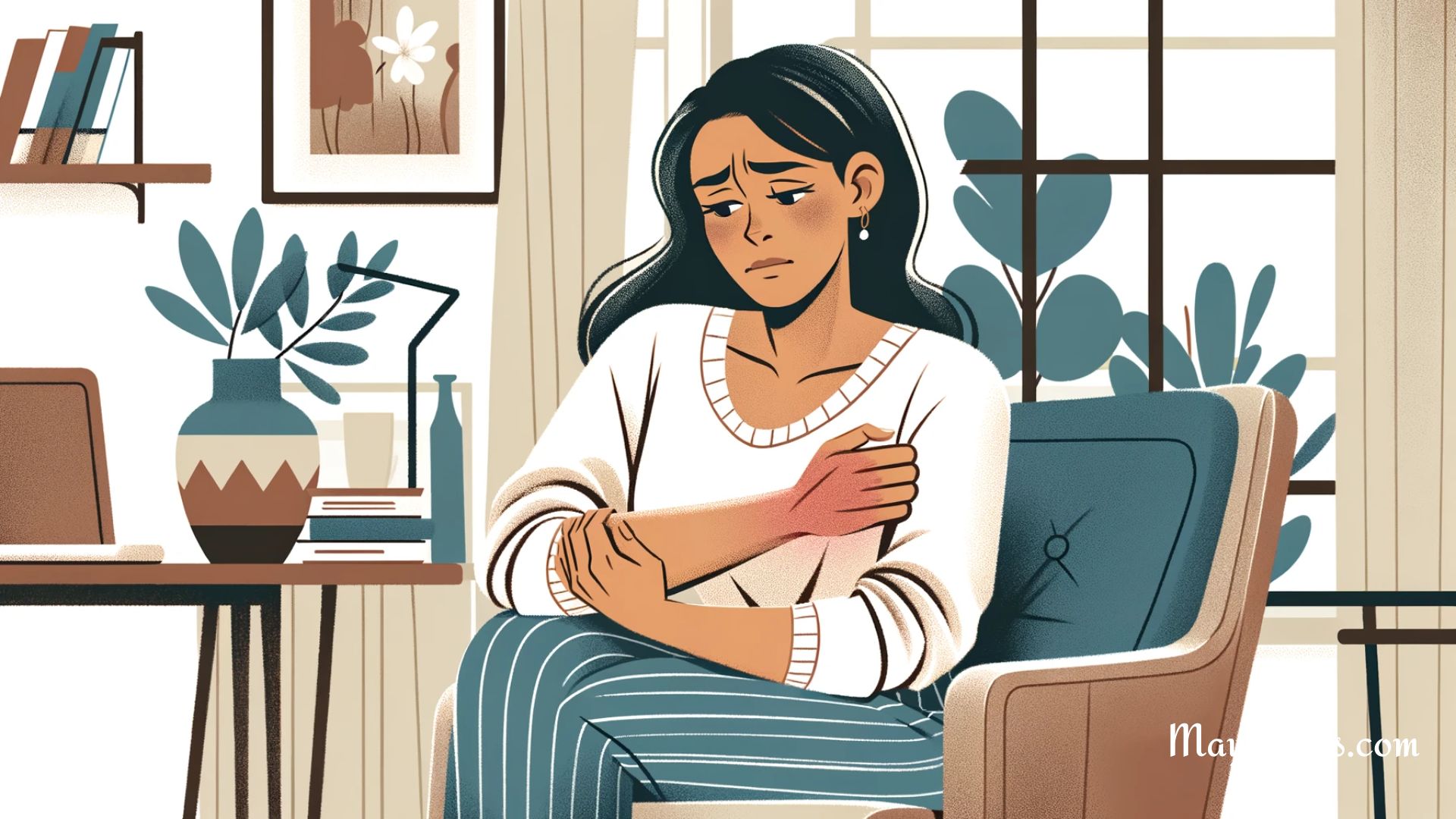How To Know When Arm Pain Is Indeed A Heart Attack
Understanding when arm pain is a sign of a heart attack is crucial. Often, we brush off arm discomfort, thinking it’s just a muscle strain or fatigue. However, sometimes, this pain could be a warning sign of something far more serious, like a heart attack.
What is a Heart Attack?
In simple terms, a heart attack occurs when blood flow to a part of the heart is blocked suddenly. This can cause damage to the heart muscle. Typically, this is due to a buildup of fat, cholesterol, and other substances, which create plaque in the coronary arteries. If the plaque breaks, a blood clot forms around the plaque, obstructing blood flow.
Recognizing Heart Attack Symptoms
Arm Pain: A Key Symptom
One of the classic symptoms of a heart attack is arm pain, particularly on the left side. This pain can feel different for everyone. Some describe it as a dull ache, while others feel a sharp, stabbing pain. It might also feel like a heavy pressure, almost as if someone is squeezing your arm.
Other Symptoms to Watch For
While arm pain is significant, it’s often accompanied by other symptoms:
- Chest Pain or Discomfort: This is the most common sign. It may feel like a heavy weight on your chest or like someone is squeezing your heart.
- Shortness of Breath: You might feel like you can’t catch your breath, even when you’re resting.
- Sweating: Breaking out in a cold sweat without any physical exertion.
- Nausea or Lightheadedness: Feeling sick to your stomach or dizzy can also be a sign.
- Other Areas of Pain: Pain or discomfort might also appear in the jaw, neck, back, or stomach.
Gender Differences in Arm Pain During a Heart Attack

When considering heart attack symptoms, it’s essential to understand that men and women often experience these symptoms differently. This is especially true for arm pain, which can vary significantly between genders.
Arm Pain in Men
- Typical Presentation: Men are more likely to experience the classic symptoms of a heart attack. This includes pain in the left arm that can feel like a dull ache or a sharp, intense pain.
- Pattern: The pain might start in the chest and move outward to the left arm. It’s often described as a sensation of pressure, squeezing, or fullness.
- Intensity: The pain can be quite severe and is usually hard to ignore.
Arm Pain in Women
- Subtler Symptoms: Women often have subtler heart attack symptoms, which can be easily overlooked or mistaken for something less serious.
- Pain in Both Arms: Women are more likely than men to experience pain in both arms during a heart attack. This pain can be less intense and might feel more like a general discomfort or aching.
- Additional Symptoms: Women might also experience other symptoms like unusual fatigue, sleep disturbances, shortness of breath, indigestion, and anxiety.
Why the Difference?
The reason behind these differences isn’t entirely clear, but it’s thought to be due to variations in how men and women experience pain, hormonal differences, and how the plaque builds up in arteries. Women often have heart attacks later in life compared to men, which can affect how their bodies react.
The Importance of Awareness
This difference in symptoms can sometimes lead to delays in seeking treatment, especially in women. Many women don’t realize they’re having a heart attack because their symptoms can be less pronounced and not what they typically associate with a heart attack.
Why Does Arm Pain Happen During a Heart Attack?
The phenomenon of feeling pain in a part of the body away from the actual source of the problem is called ‘referred pain.’ In the case of a heart attack, the brain may get confused by the signals it’s receiving and perceive that the arm, rather than the heart, is the source of pain.
When Should You Be Concerned?
If you experience arm pain along with other symptoms mentioned, especially if the pain is sudden and unexplained, you should treat it seriously. Additionally, if you have risk factors like a family history of heart disease, high blood pressure, high cholesterol, diabetes, obesity, or if you’re a smoker, you should be more vigilant.
What Should You Do?
If you suspect a heart attack:
- Seek Immediate Medical Help: Call emergency services right away. Don’t wait to see if symptoms go away on their own.
- Stay Calm and Rest: Try to relax and stay as calm as possible until help arrives.
- Chew an Aspirin: If you’re not allergic and if one is easily accessible, chew a regular-strength aspirin. It helps thin the blood and could reduce the damage to your heart.
Arm pain can be misleading, as it’s a common symptom for many less serious conditions. However, when accompanied by other symptoms like chest pain, shortness of breath, or sweating, it should not be ignored. Early intervention in the case of a heart attack can save your life and minimize damage to your heart. Remember, it’s always better to be safe and get it checked out.
